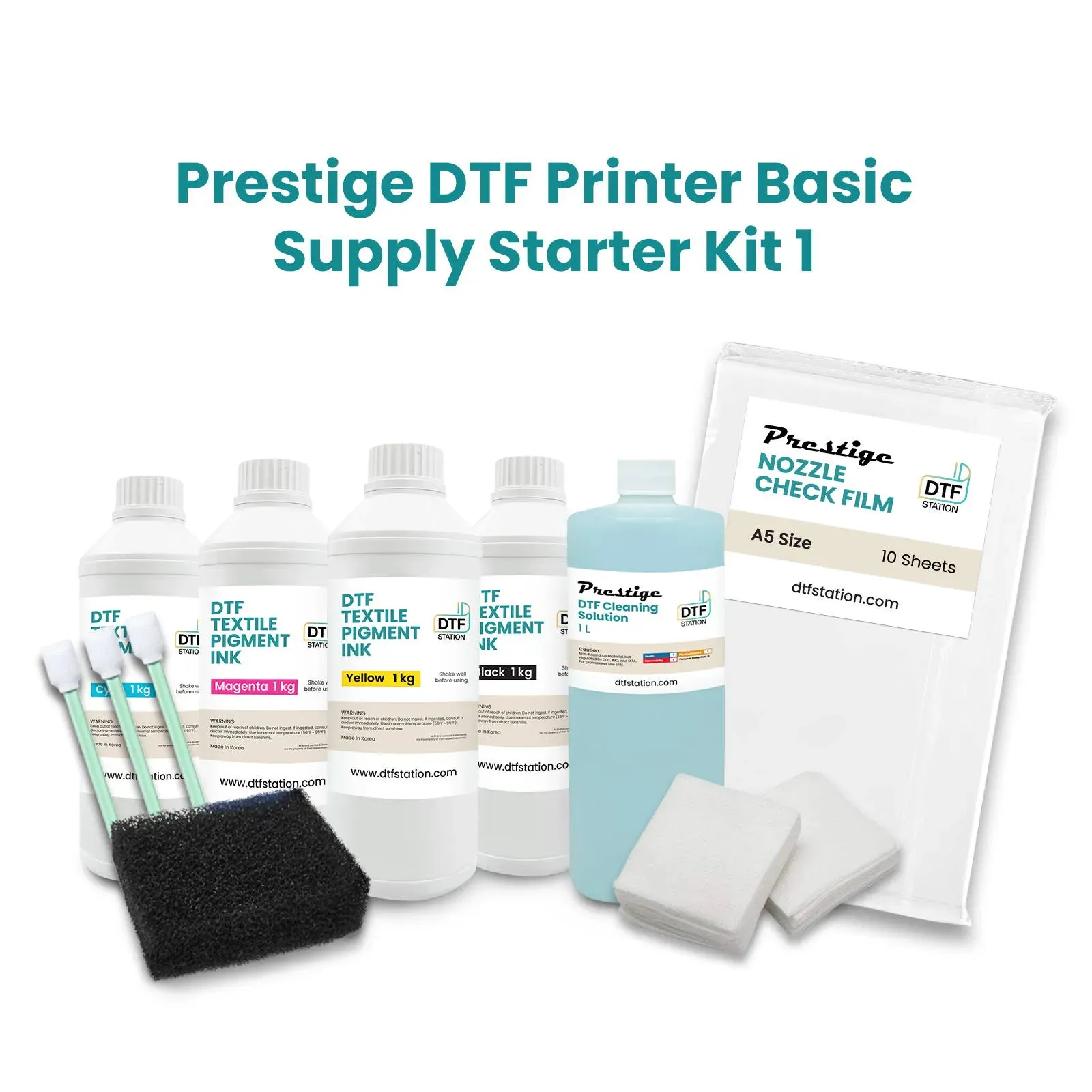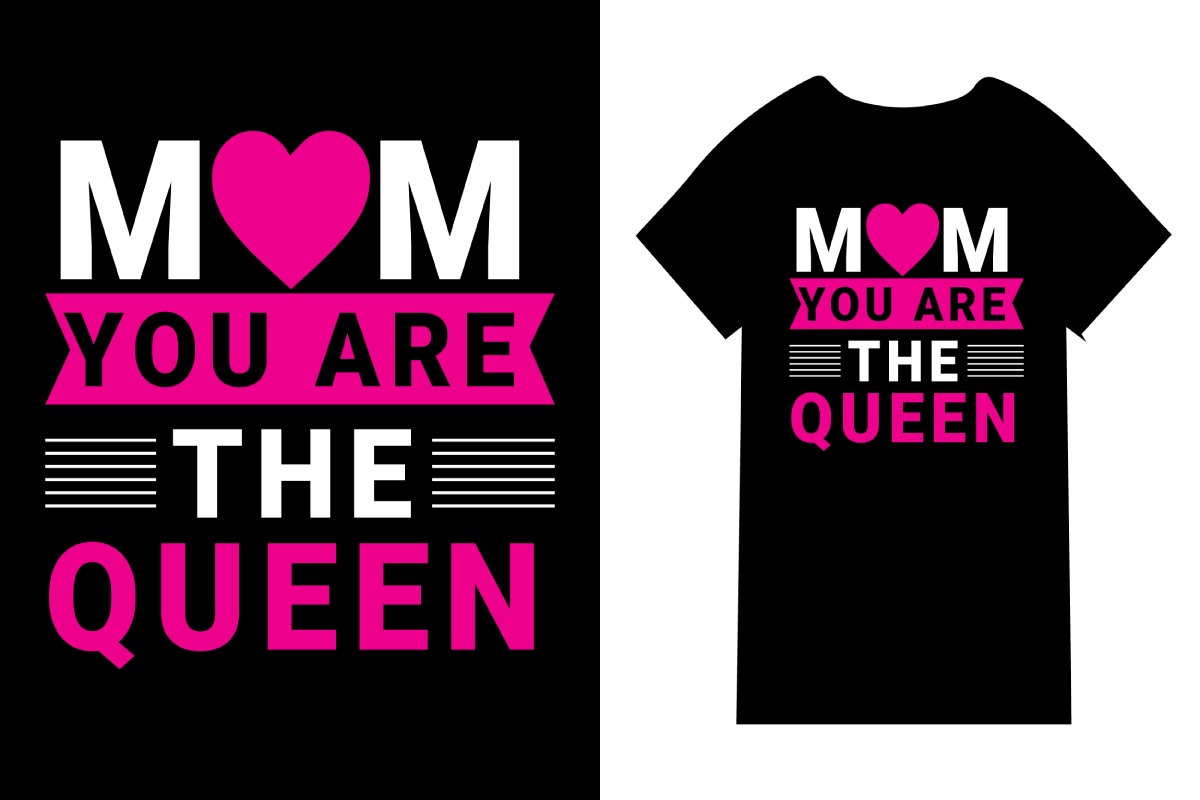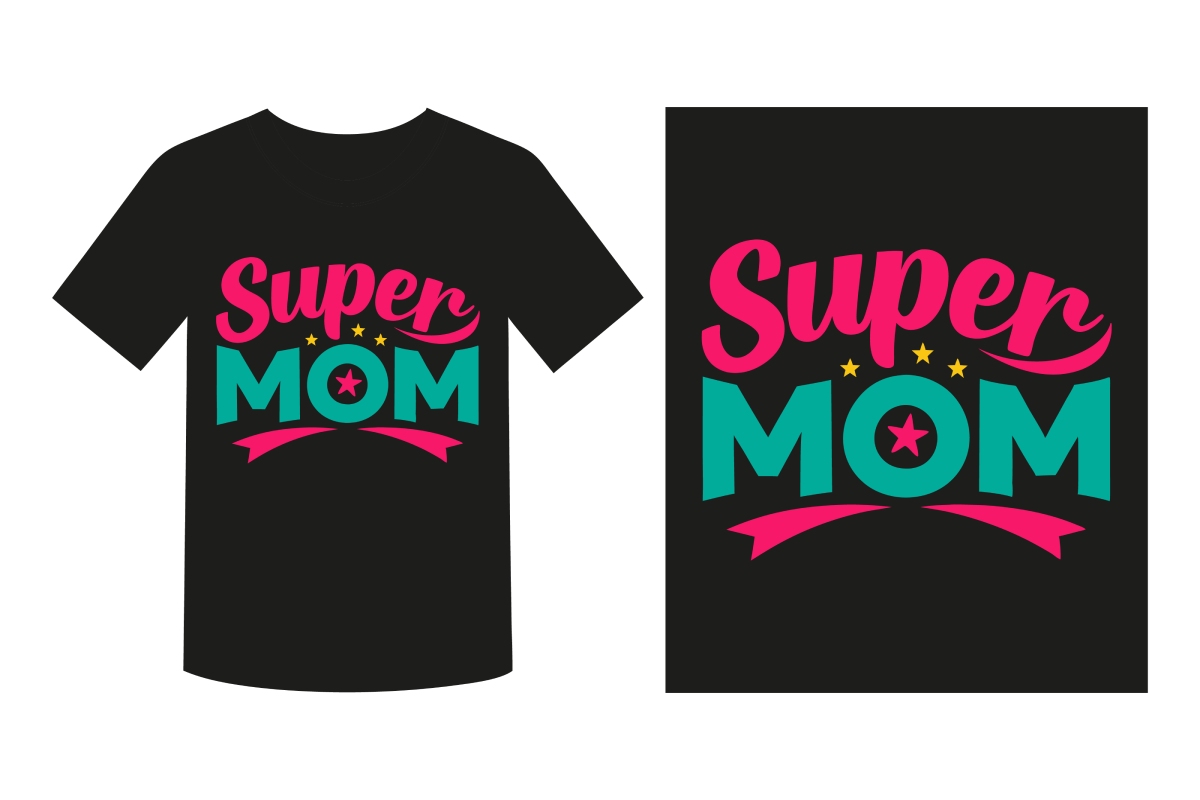DTF supplies are essential tools for anyone looking to excel in Direct-to-Film printing. This innovative technique allows creators to transfer rich and vibrant designs onto a variety of fabrics, but the key to achieving stunning results lies in choosing the right materials. In this guide, we’ll explore how to select the best DTF supplies that not only enhance your print quality but also ensure strong adhesion and durability. From understanding DTF printer compatibility to evaluating the quality of DTF films and inks, there are several critical factors to consider. With the right knowledge and resources, you can transform your DTF printing projects into works of art.
When delving into the world of Direct-to-Film printing, it’s important to familiarize yourself with the terminology and requirements associated with this process. High-quality DTF printing materials are crucial for achieving vibrant, long-lasting prints on various fabrics. Assessing the compatibility of your DTF printer with chosen materials, including films and adhesive powders, is a key part of the preparation. By understanding the nuances of DTF methodologies, you can make informed decisions that will elevate your printing outcomes. Whether you’re a hobbyist or a professional, equipping yourself with the best DTF supplies will set the foundation for successful printing ventures.
Quality Matters: Choosing the Best DTF Supplies
When it comes to Direct-to-Film (DTF) printing, the quality of the supplies you choose plays a pivotal role in achieving excellent results. High-quality DTF supplies include top-notch films, inks, and adhesive powders that ensure your designs are vibrant and durable. For instance, opting for high-grade PET films specifically intended for DTF applications guarantees proper adherence and crisp transfers. Remember that even the best DTF printer can struggle if it lacks the right materials.
In addition to films, selecting the right inks is crucial. Pigment-based inks designed for DTF can produce the rich color palettes and detailed graphics that artists and designers value. Moreover, the quality of the adhesives used also significantly impacts the durability of the prints. Quality adhesive powders should provide a seamless bond when heat-pressed onto the fabric, ensuring that the final product withstands washing and daily wear.
Understanding DTF Printing Materials
DTF printing combines art and science, utilizing a unique set of materials to achieve stunning results. As you dive deeper into the world of DTF, understanding the nuances of each supply becomes essential. DTF film quality is paramount; it affects how well the ink transfers during the heat application process. Choosing films with optimal thickness and heat resistance can prevent common issues like peeling or fading.
Moreover, the compatibility of DTF inks with your chosen films cannot be overlooked. Some inks work better with certain types of films, affecting transfer quality and print vibrancy. For example, not all DTF inks adhere similarly to various textile materials, which can lead to inconsistencies in your prints. Testing your film and ink combinations is a vital step in perfecting your DTF printing process.
Maximizing DTF Printer Compatibility
One of the keys to successful DTF printing lies in understanding DTF printer compatibility. Not every printer is equipped to handle the specific requirements of DTF printing, from ink types to heating capabilities. Before you invest in DTF supplies, it’s crucial to investigate whether your printer is optimized for this process. Some brands create printers solely for DTF applications, offering better outcomes and fewer complications.
Beyond the printer itself, ensure that the DTF supplies you select are compatible with your equipment. Each component of the printing process, from films to adhesives, should interact seamlessly to avoid issues down the line. Compatibility ensures that your prints are as crisp and vibrant as possible, showcasing the true potential of DTF printing without unnecessary setbacks.
Investing in Reliable Heat Press Equipment
A reliable heat press is a fundamental tool for DTF printing. The heat press transfers designs from the film to the fabric using consistent heat and pressure, which can significantly influence the quality of your final product. It’s important to invest in a heat press that provides temperature accuracy and even pressure distribution to ensure uniform transfers across the entire design.
Additionally, selecting a heat press that allows for adjustable settings can enhance your ability to work with different types of fabrics and DTF materials. This versatility allows you to adapt your printing process for various projects, maximizing the potential of your DTF supplies while minimizing the risk of unsuccessful transfers.
Choosing the Right Fabrics for DTF Printing
The type of fabric can greatly influence your DTF printing experience and the quality of your results. Essential considerations include fabric composition and texture, as some materials respond better to DTF techniques than others. For vibrant, long-lasting designs, polyester or polyester blends are often recommended due to their compatibility with DTF processes.
On the other hand, natural fibers like cotton may prove to be more challenging for DTF printing. Experimenting with various fabric types can reveal the most effective supply combinations for your projects. By understanding how different fabrics interact with DTF supplies, you can ensure superior print quality and customer satisfaction.
Finding Reputable Suppliers for DTF Supplies
When sourcing DTF supplies, choosing a reputable supplier cannot be overemphasized. Vendors that specialize in DTF materials often offer products that have been tried and tested by other users. Researching customer reviews and product testimonials can guide you in selecting suppliers that consistently provide quality DTF supplies.
Additionally, reputable suppliers typically offer customer support and resources to enhance your DTF printing knowledge. Look for suppliers that invest in educational content such as tutorials and guides. These resources can prove invaluable for both beginners and seasoned printers looking to refine their skills and output quality.
Frequently Asked Questions
What are the best DTF supplies to achieve high-quality prints?
The best DTF supplies for high-quality prints include high-quality PET films, DTF-specific pigment-based inks, and reliable adhesive powders. Focus on reputable brands that offer consistency in their products to ensure vibrant colors and durability.
How do I choose DTF supplies that are compatible with my printer?
To choose compatible DTF supplies, start by checking your printer’s specifications to ensure it supports DTF printing. Look for films and inks specifically designed for DTF processes, as not all printers work well with generic materials.
What should I consider regarding DTF film quality?
DTF film quality is critical for successful prints. Look for films made from high-quality PET that ensures proper ink adhesion and smooth transfers. The right film should provide clarity and durability to withstand washing.
What types of DTF printing materials should I use for different fabrics?
For DTF printing, polyester blends provide the best results, while cotton can yield varying outcomes. Experiment with different DTF supplies to find the combination that works best with your fabric choices.
How important is choosing a reputable supplier for DTF supplies?
Choosing a reputable supplier for DTF supplies is essential to ensure product reliability and quality. A good supplier will provide customer support and resources, helping you make informed choices for your printing projects.
Can trial kits help beginners in selecting the right DTF supplies?
Yes, trial kits are beneficial for beginners; they offer a variety of DTF supplies to test without large upfront costs. This allows you to experiment with different materials to find what works best for your projects.
| Key Considerations | Details |
|---|---|
| Understanding DTF Printing | DTF printing transfers designs onto fabrics using heat and pressure, ensuring vivid colors and durability. |
| Quality of Materials | Use high-quality PET films and DTF-specific inks for best results. |
| Adhesive Powder Selection | Choose good quality adhesive powder that forms a strong bond during the curing process. |
| Printer Compatibility | Ensure your printer can handle DTF supplies for optimal performance. |
| Investing in a Reliable Heat Press | A good heat press with consistent temperature and pressure is essential for quality transfers. |
| Fabric Considerations | Polyester blends yield the best results; fabric type affects print quality. |
| Reputation of Suppliers | Buy from reputable suppliers for quality assurance and customer support. |
| Budget Considerations | Investing in quality supplies is better than opting for cheaper alternatives in the long run. |
| Testing with Trial Kits | Trial kits help beginners identify suitable supplies without large upfront investment. |
| Utilize Educational Resources | Make use of tutorials and guides from DTF suppliers to enhance understanding. |
Summary
DTF supplies are essential for any successful printing project, and selecting the right materials can significantly influence the outcome of your prints. Understanding the nuances of DTF printing not only involves knowing about the quality of your films and inks but also ensuring compatibility with your printer as well as the fabrics you are using. By taking the time to choose high-quality supplies and reputable suppliers, you set yourself up for success with vibrant, durable prints. Remember, the investment in top-tier DTF supplies often pays off by delivering better quality results and reducing the need for costly reprints, thereby maximizing your project’s potential.



